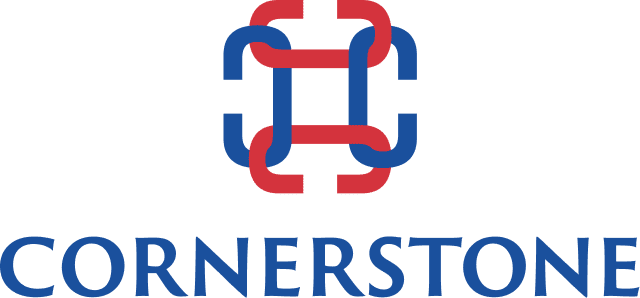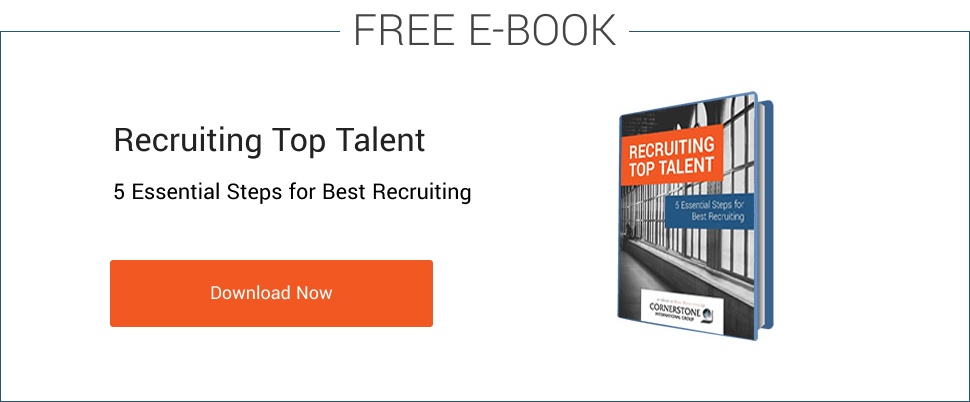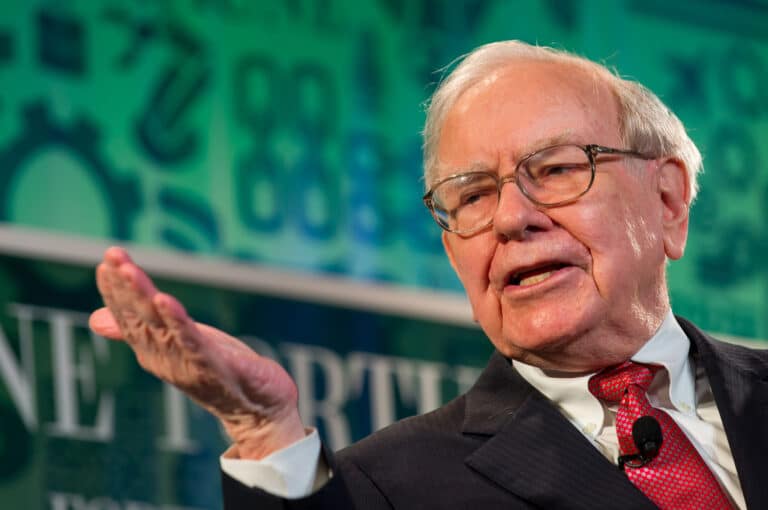5 Challenges for Today’s CEO
 Guest article by Karen Greenbaum, CEO and President of the global Association of Executive Search and Leadership Consultants (AESC) which has 6,000 members worldwide. This article first appeared in Forbes.
Guest article by Karen Greenbaum, CEO and President of the global Association of Executive Search and Leadership Consultants (AESC) which has 6,000 members worldwide. This article first appeared in Forbes.
Leadership today is more complex than ever. The growth of technology has ushered in an unprecedented rate of rapid and constant change. Today’s business environment is global and interconnected, demanding culturally aware and digitally fluent leaders who can both manage diverse teams and resonate with a diverse customer base. The best leaders today combine agility and emotional intelligence with innovative thinking and an inclusive mindset. They must be adaptable and able to pivot quickly with sudden market changes in an uncertain economic and geopolitical climate.

The demanding variables of today’s global business can become overwhelming, leaving business leaders feeling like simply keeping their businesses operating on the day to day is a feat in and of itself, leaving little planning for strategically tackling the challenges of tomorrow. We all know the stories of those darling businesses of yesterday whose star ascended quickly and triumphantly, only to fall just as fast because they didn’t stay ahead of market trends, didn’t leverage technology fast enough, or alienated their customers by being tone deaf. To avoid such a fate, it is critical today’s leaders understand how to navigate the challenges of today so they can anticipate and develop a strategic plan for the challenges of tomorrow, ensuring business continuity well into the future.
As CEO of the worldwide Association of Executive Search and Leadership Consultants (AESC), I am able to share with you highlights from our recent research that delves into the top talent challenges of global CEOs and other C-suite leaders. Here are the top five talent challenges of today’s senior executives.
1. Lack Of Diversity
Today’s businesses finally understand the value diverse leadership plays in driving innovation and business results. While many industries and organizations have made rapid progress in diversifying their workforce, the pace of change at C-suite and board level has been much slower and that must change.
For optimal results, today’s senior executive teams and boards must be reflective of society and the customers their companies serve. This includes diversity in regards to gender, ethnicity, nationality and diversity of thought. It is one thing to understand the need for diversity but it is another to actually foster an organizational culture of inclusion that facilitates getting diverse perspectives into senior ranks.
To do this effectively, industries and organizations must first make an honest, fact-based examination of the composition of their workforce at every level. Does diversity drop off as you move up through the organization? Does your leadership and your board reflect the market, your employees at large and your customers? Once you have a clear picture, what needs to change to get your desired results?
2. Lack Of Key Leadership Successors
Baby boomers are retiring at a rapid rate, leaving organizations scrambling to identify Gen X and millennial talent equipped with the leadership competencies required to step into senior executive roles. Next generation executive leadership is not being developed quickly enough in many industries to combat the massive demographic shift taking place.
Organizations need to develop succession plans 15 years out, which also requires talent mapping, understanding not only the talent you need to be competitive in the market today but also tomorrow, and how that talent will differ, what skills will be required, and what you must do to attract or develop that talent.
3. Competition For Talent
There is a premium on top talent. As the business environment only grows more complex, with entire industries disrupted by technology and regulation, coupled with looming and wide-scale demographic shift, the competition will only increase.
Only organizations that develop a strong employer brand, leverage technology and foster a culture of innovation will be able to attract top talent in their industries. Take a hard look at your organization and ask, what is your unique employment brand? How do you stack up against the competition? What do you need to change to ensure that our own employment value proposition allows you to stand out when competing for top, diverse talent?
Your employment brand must be “authentic.” You can’t just encapsulate it into a nice promotional package. It must be reflected in your organization in a real way.
4. Mismatch Of Current Talent And Future Strategies
Business strategies evolve over time. Digital technology, artificial intelligence, and robotics are all changing how we do business. These dramatic changes often mean that today’s leaders are more reflective of where a business has been than where it’s going. As a result, the competencies of today’s senior executives don’t always align with an organization’s changing strategic plans for growth.
Leaders of tomorrow will have to flourish in a global environment of heightened uncertainty and lightning-fast speed. As a result, the leadership competencies required to lead over the next decade prioritize agility, emotional intelligence, lateral thinking, cultural acumen and comfort with uncertainty. Leadership teams of tomorrow will also be reflective of the diversity of thought required to drive innovation and growth in a changing business environment.
5. Need For Digital Expertise
Few organizations have yet to fully realize enterprise-wide digital transformation. They simply lack the talent to fully leverage new technologies and drive organization-wide change. Organizations and even entire industries must digitally transform over the next decade to ensure their continuity.







